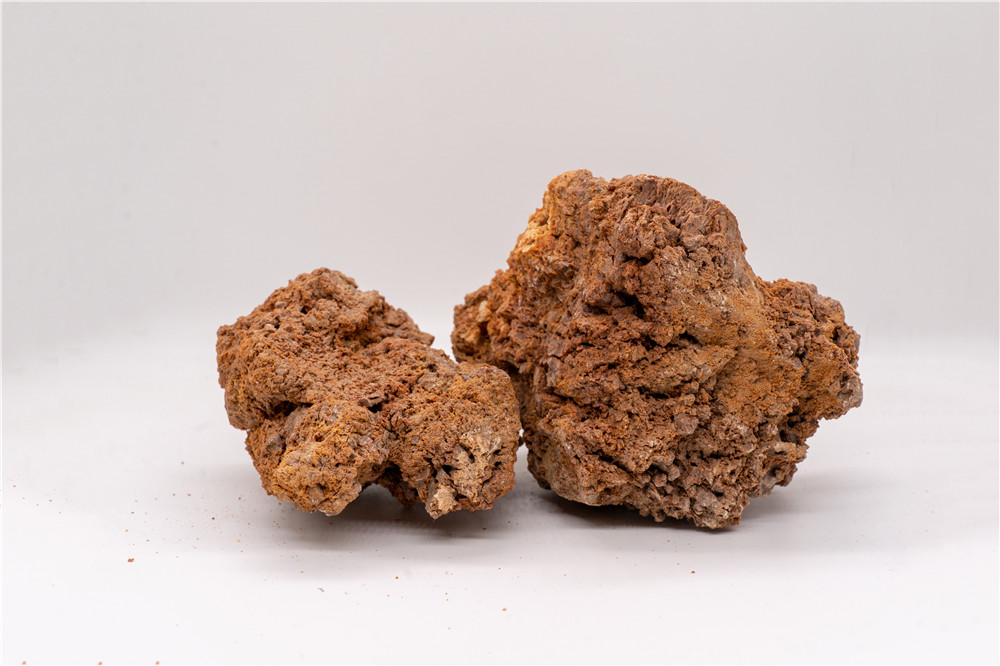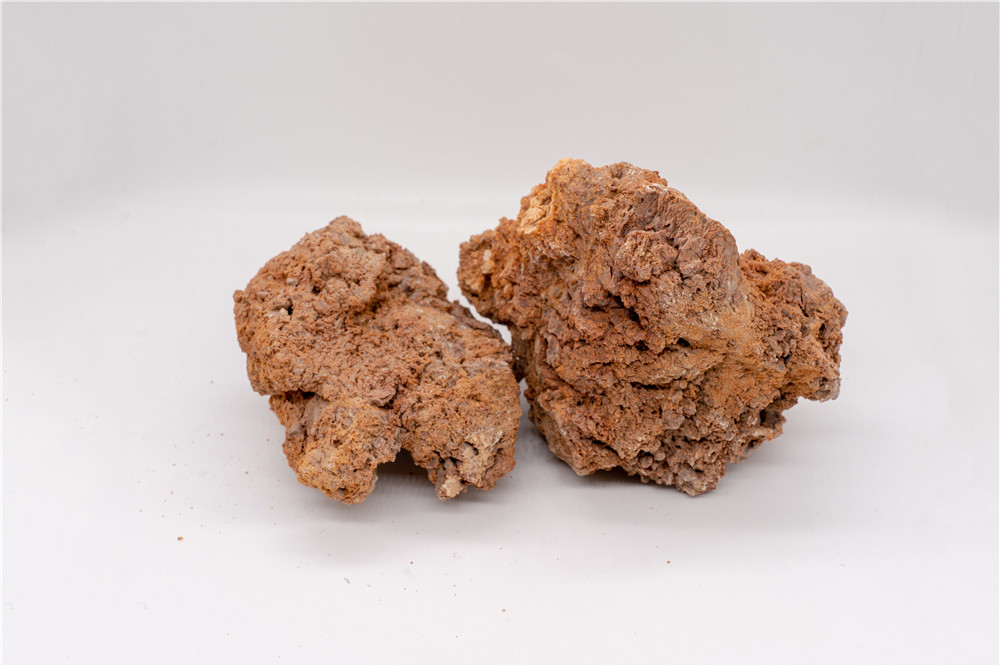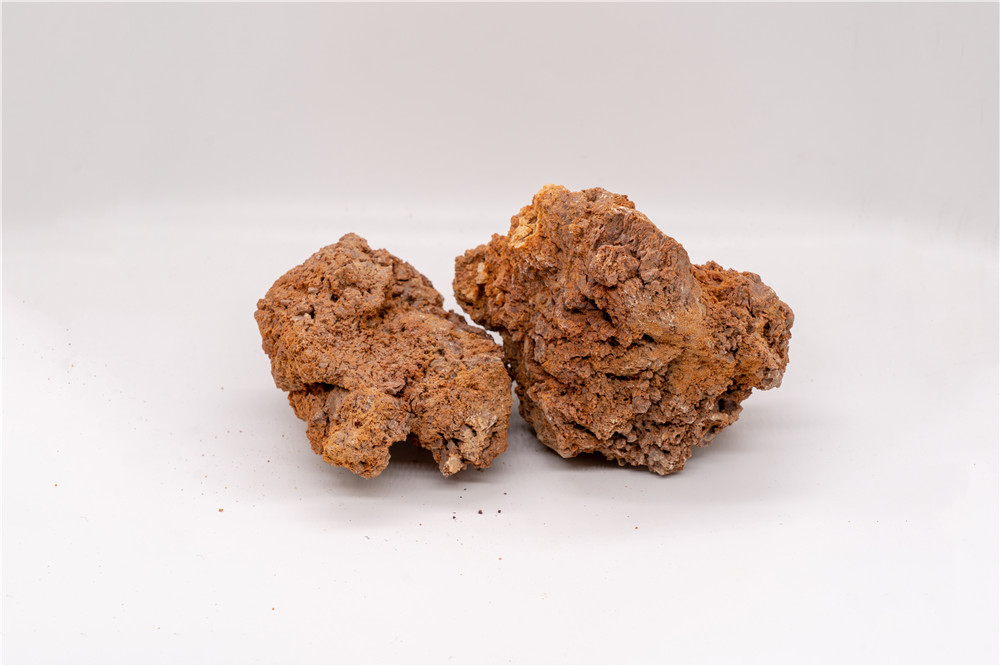Introduction to magnesia
Magnesia, also known as sintered magnesia, is made of magnesite, brucite or magnesium hydroxide prepared by reaction of sea water and lime milk at high temperature and has strong hydration ability. It is mainly used for making basic refractories, such as magnesia bricks and magnesia alumina bricks. The ones containing more impurities are used for laying steel furnace bottom.
General knowledge of magnesia
Magnesia can be divided into natural magnesia and seawater magnesia or synthetic magnesia. Natural magnesia mainly comes from natural magnesite, but it is difficult to obtain high-purity and high-quality products due to the quality of raw ore. so far, seawater magnesia has become the main source of magnesia used in industrial developed countries. The theoretical content of MgO in magnesite is 47.3%, and the other impurities are Cao, SiO2 and iron. When the magnesite is heated to 700 ℃ ~ 800 ℃ in the air, it is called "light burned magnesia". When it is further heated to above 1530 ℃, it will become inactive periclase and become hard burnt magnesia, which is called "dead burned magnesia". Synthetic seawater magnesia for industrial production is made of seawater and digested dolomite. MgO is obtained by calcining the precipitated Mg (OH) 2. The Ca / Si ratio of magnesia is 0.3 ~ 0.5, and the Ca / Si ratio of high-purity seawater magnesia is above 1.7, and its high-temperature strength is the highest.
Application of magnesia
Manufacturing all kinds of magnesia refractory brick and unshaped refractory. Purchasing Hotline:0417-5276667、13841748466





